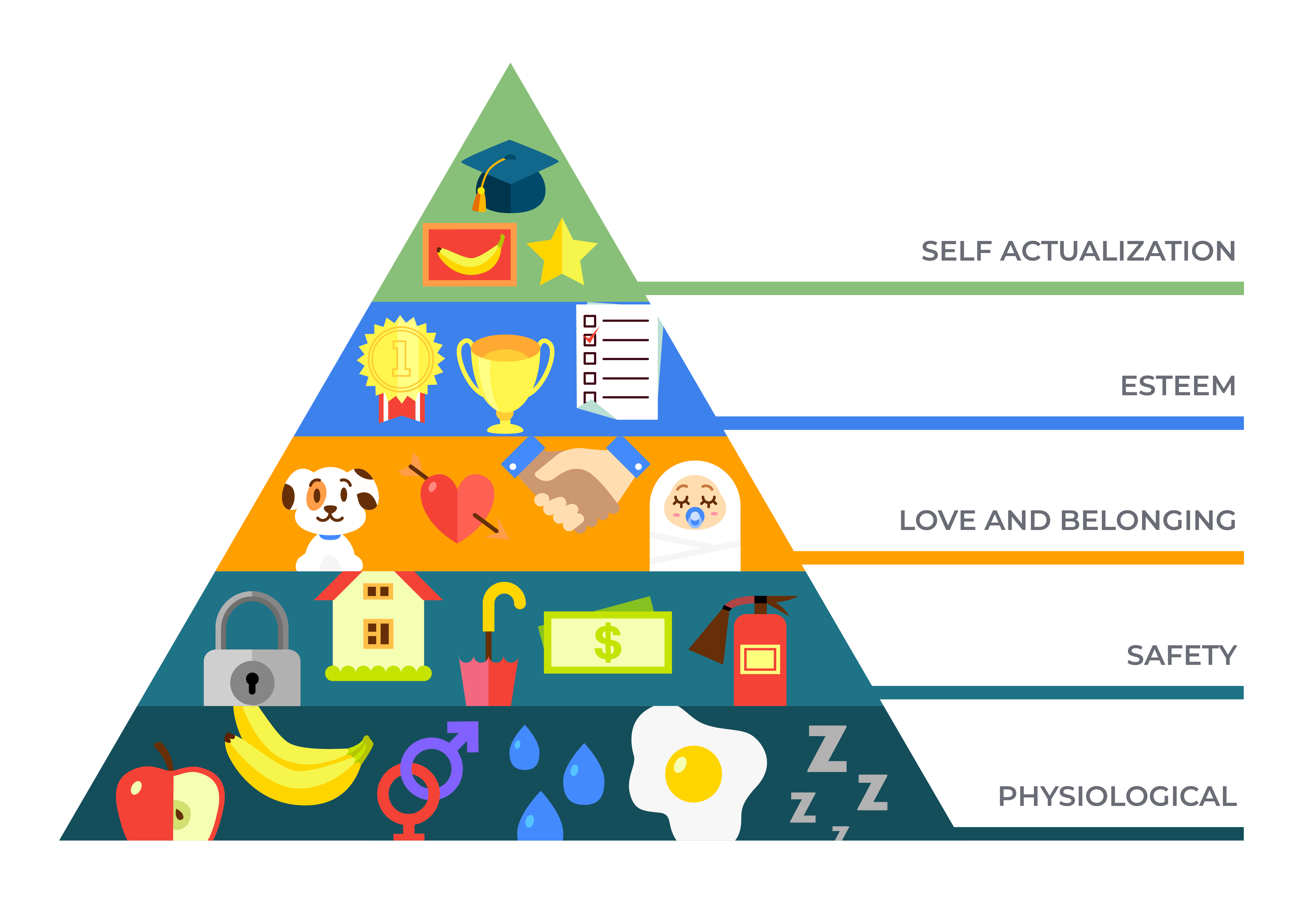Page Resources: About this Page | How to Navigate | The Impact of COVID-19 | Share Feedback
Forsyth County, North Carolina
The ABC Data Exchange
Asset Poverty is a condition that has a major impact on individuals, families, and our community overall.
Let’s get started.
What’s Asset Poverty?
If you are new to the conversation or need a refresher, you are in the right place — just keep scrolling!
I’ve got the basics.
If you are up to speed, click here to jump to key findings on community impact.
Asset Poverty is…
Asset poverty is a condition that is more persistent and prevalent than general poverty, defined by the inability to access the resources needed to provide for basic needs for three months.
Financial stability is the foundation of a person’s ability to be self sufficient, thrive, achieve goals, and ensure that their family’s basic needs are met.
Without financial stability, a family’s basic needs will likely not be met. When people are forced to go without their basic needs, it is difficult or impossible to thrive or make a positive contribution — in school, at work, or in community.
The graphic on the right depicts Maslow’s hierarchy of needs. A person’s most basic needs — like food, water, shelter, and clothing — are all grouped into the foundation of the hierarchy.
Basic Needs
Housing
Utilities
Food
Transport
Childcare
Experiencing Asset Poverty means living paycheck to paycheck.
Asset Poverty asks the key question:
Does this family have three months’ worth of living expenses on hand that they could use to weather a disruption of their income?
Without three months worth of money to cover basic needs, a family is at risk of losing financial stability in the event of a job loss, illness, injury, or some other type of financial disruption. Such an event might cause a family to go without food or childcare, or potentially lose their transportation or housing, as examples.
Importantly, this does not include spending on discretionary expenses like clothing, entertainment, or other non-essentials; it solely includes a person’s ability to pay for just their basic needs for three months.
Let’s look at some examples of how Asset Poverty affects people living in Forsyth County:

Meet Jefferson and Cheryl
Literature Review Highlight
“[…] assets have a positive effect on expectations and confidence about the future; influence people to make specific plans with regard to work and family; induce more prudent and protective personal behaviors; and lead to more social connectedness with relatives, neighbors, and organizations.” [1]
Literature Review References
[1] Yadama, G. N., & Sherraden, M. (1996). Effects of assets on attitudes and behaviors: Advance test of a social policy proposal. Social Work Research, 20(1), 3-11.
Did you know?
Unless you have some assets set aside, you’re not financially stable, regardless of your income.
Financial stability is all about whether or not you have enough money set aside to weather a disruption of your income. So whether you make $12,000 a year or $100,000, if you don’t have enough set aside to pay for three months’ worth of your family’s expenses, you are at risk.
A family’s financial stability is impacted by many different factors.
Asset-Building Factors...
have a positive or reinforcing effect on a person’s financial stability and contribute to building Asset Wealth in a positive way.
Asset-Weakening Factors...
have a negative effect on a person’s financial stability, making it more likely that they will fall into asset poverty or less likely to escape from asset poverty.
Income
Example: a person has sufficient income to pay for their expenses and set some aside each month in savings.
Debt
Example: a person has low or no debt.
Healthcare and Insurance
Example: a person has affordable, sufficient health insurance.
Housing
Example: a person has affordable housing.
Education
Example: a person has a two- or four-year degree.
Business and Jobs
Example: a person owns a high-value business.
View in table format.
Income
Example: a person does not earn enough to pay for their expenses and set some aside each month in savings.
Debt
Example: a person has a high amount of debt, high interest rates, or more debt than they can reasonably pay off based on their income.
Healthcare and Insurance
Example: a person is uninsured or does not have access to affordable health insurance options.
Housing
Example: a person does not have access to affordable housing or they are experiencing housing cost burden.
Education
Example: a person does not have a two- or four-year degree or did not complete high school.
Business and Jobs
Example: a person does not own a high-value business.
The Impact of Asset Poverty on Forsyth County, North Carolina
About 1 in 4 Forsyth County, North Carolina households experienced Asset Poverty.
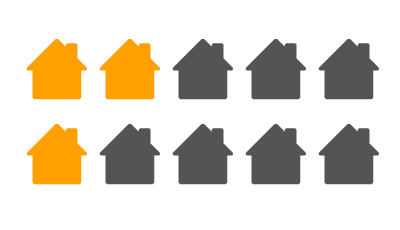
About 1 in 4, or 23%, experienced Asset Poverty in 2021.
Disparities in Asset Poverty rates by race/ethnicity demonstrate how the impact is disproportionate.
When we look just at the numbers of households affected by Asset Poverty, the disproportionate impact is not clear.
What about other races and ethnicities?
The “other” category includes: American Indian and Alaska Native, Asian, Native Hawaiian and other Pacific Islander, or some other race. “Other” is omitted here because it is too small of a percentage of the population which makes any estimates on these groups statistically unreliable.
If you have questions, please contact [email protected].
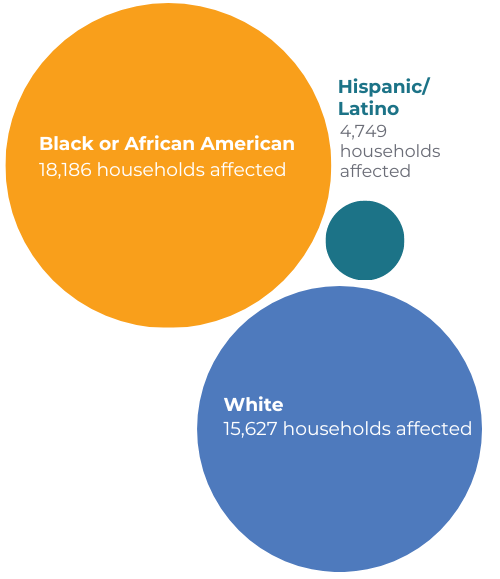
However, when we look at the percentage of households that experienced Asset Poverty it is clear that non-White households were impacted at a rate that’s more than double the rate at which White households were impacted.
- Black or African American households, 46% 46%
- Hispanic/Latino households, 37% 37%
- White, non-Hispanic households, 17% 17%
Identifying Issues of Equity: As a community, it is critical that we take note of instances when the outcomes experienced by one group are disproportionate to the outcomes experienced by another group.
Major disparities by race/ethnicity are present across all measures.

The table below provides a simple visual representation of the relative sizes of racial/ethnic disparities across various ABC Data Exchange measures.

Shining a Light:
Noteworthy Disparities by Race/Ethnicity
The following sections outline instances in which a subgroup has specific, distinct outcomes from the other subgroups.
AFRICAN AMERICAN RESIDENTS
Homeownership
The percentage of African American residents living in an owned home jumped from 38% in 2019 to 54% in 2023.
Educational Attainment
Since 2009, the percentage of African American residents with at least an Associate’s Degree has almost doubled—from 23% in 2009 to 40% in 2023.
Leadership Voices
HISPANIC/LATINO RESIDENTS
Rates of Uninsurance
Uninsurance rates for Hispanic/Latino residents have improved from 2009 to 2023, but 31% of Hispanic/Latino residents were uninsured in 2023. In 2009, nearly half of Hispanic/Latino residents were uninsured.
Educational Attainment
Although disparities persist, educational attainment among Hispanic/Latino residents has more than doubled since 2009—rising from 12% to 29% with an Associate’s Degree or higher by 2023.
Leadership Voices
Leadership Voice Video Coming Soon.
WHITE RESIDENTS
Across the measures reported on this site, White residents consistently fared better than Black or African American and Hispanic/Latino residents.
This indicates that systemic factors across our community, state, and nation are working in favor of White residents.
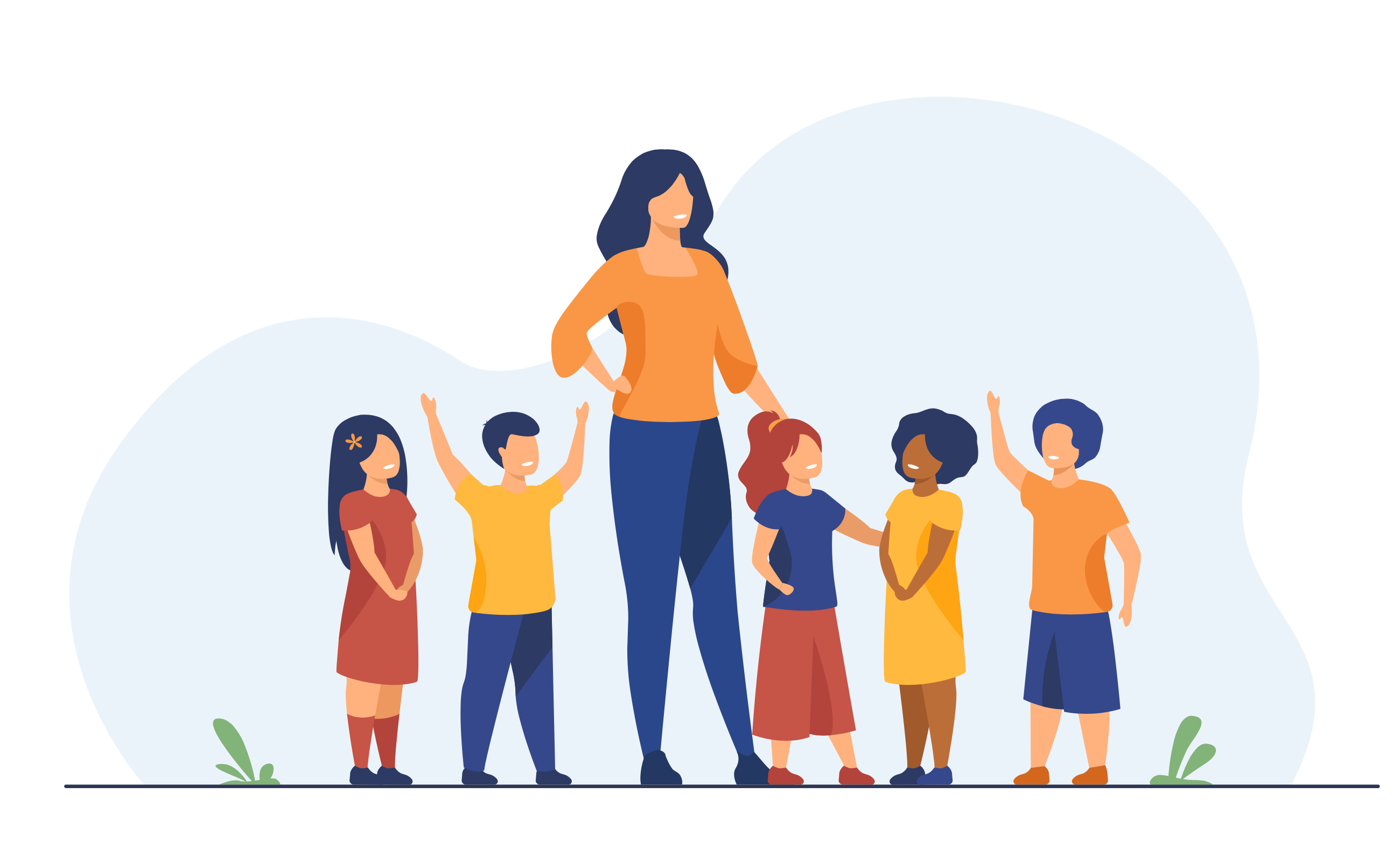
Children and youth experience high rates of poverty.
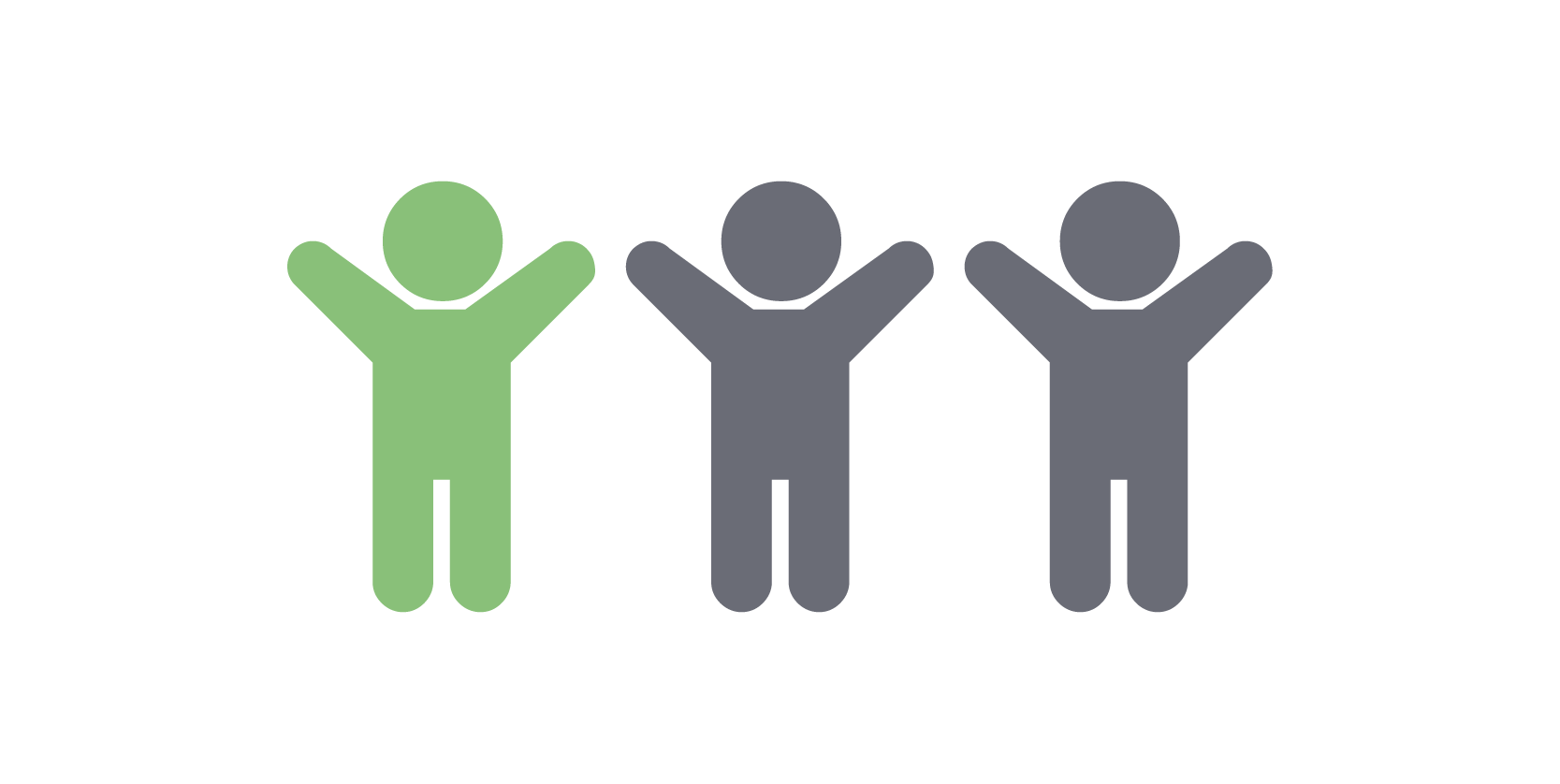
In 2023, about 1 in 3 children under age 5 in Forsyth County lived in poverty [1].

In 2023, about 1 in 4 children ages 5-17 in Forsyth County lived in poverty [1].
How are our outcomes changing over time?
Conditions around Asset Poverty are not improving on more than half of the measures for which we have trend (historical) data.
This begs the question: how effective have we been at improving the financial wellbeing of those in our community at the local level?
| Measure | Current Data Compared to 2009 |
|---|---|
| Educational Attainment | better |
| Employer-Provided Health Insurance | similar |
| Homeownership | similar |
| Housing Cost Burden: Homeowners | similar |
| Housing Cost Burden: Renters | similar |
| Median Employment Income | similar |
| No Health Insurance | better |
| Poverty | similar |
| Unemployment | better |
References
[1] U.S. Census Bureau. (2024). Poverty Status in the Past 12 Months (Table S1701), 2023 American Community Survey 1-Year Estimates. Retrieved from data.census.gov.
Advocating for Positive Change
Systemic factors like local, state, and national policies make certain groups of people more likely or less like to be able to build assets.
Advocacy is public support for a particular cause or policy. Our Coalition’s Asset Poverty advocacy agenda is a collection of efforts and strategies that we pursue together to address the root causes of local Asset Poverty. This work involves building public will to influence policy and funding decisions at the local, state, or even national level.
The Impact of COVID-19
In 2020 and 2021, the COVID-19 pandemic dramatically reshaped how our community functions and it disrupted many aspects of our day-to-day lives. Many people experienced impacts to health and safety, increased stress, and many lost some or all of their ability to earn income. These and many other impacts on our community have tested our resolve, impacted our well being, and almost certainly changed the circumstances around our financial wellbeing in ways we don’t yet understand.
All of the data contained in this web-based informational resource is pre-pandemic; for more specific information, view the data notes that are available for each measure. These measures will be updated with 2020 data in late 2021, once that data becomes available.
If you have questions about the data contained in this informational resource, please contact [email protected].
Methodology and Tabular Data
Methodology
The risk ratio, or relative risk, is based on a formula that compares the risk of a given event of one group to the risk of the same event to another group. All measures with exception of Median Employment Income utilizes the risk ratio. The events in this context are the measure categories and those who identified as Black or African American (non-Hispanic) and Hispanic/Latino are the groups that are compared to those who identified as White (non-Hispanic). For example, the relative risk ratio of Poverty measures the risk of Black or African Americans and Hispanic/Latinos being in poverty compared to the risk of Whites being in poverty.
Notably given the title of these measures, the Homeownership, Employer-Provided Health Insurance, and Educational Attainment risk ratios are based on the given event of not living in an owned home, not having employer-provided insurance, and having less than an Associate’s Degree.
For the measure Median Employment Income, proportions of those who identified as Black or African American (non-Hispanic) or Hispanic/Latino racial groups were compared against the proportions of those who identified as White (non-Hispanic).
For more information on these measures and their calculations, please contact [email protected].
Tabular Data
| Measures | Metric | Black/AA, NH : White, NH | Hispanic/Latino : White, NH |
|---|---|---|---|
| Asset Poverty | Relative Risk | 2.71 | 2.18 |
| Educational Attainment - Less than an Associate's Degree | Relative Risk | 1.39 | 1.65 |
| Employer Provided Health Insurance - No Insurance | Relative Risk | 1.41 | 2.05 |
| Homeownership - Not Owned | Relative Risk | 1.82 | 1.92 |
| Household Banking Status - Unbanked | Relative Risk | 4.67 | 5.33 |
| Household Banking Status - Underbanked | Relative Risk | 2.62 | 2.85 |
| Housing cost burden - Homeowners | Relative Risk | 1.43 | 1.29 |
| Housing cost burden - Renters | Relative Risk | 1.44 | 1.13 |
| Liquid Asset Poverty | Relative Risk | 2.25 | 2.58 |
| Median Employment Income | Proportion | .72 | .60 |
| Poverty | Relative Risk | 2.35 | 5.77 |
| Unemployment | Relative Risk | 2.86 | 2.48 |
| Uninsured | Relative Risk | 1.97 | 6.16 |
| Zero Net Worth | Relative Risk | 2.83 | 1.50 |
Asset Poverty Factors
| Factor | Asset-Building Example | Asset-Weakening Example |
|---|---|---|
| Income | A person has sufficient income to pay for their expenses and set some aside each month in savings. | A person does not earn enough to pay for their expenses and set some aside each month in savings. |
| Debt | A person has low or no debt. | A person has a high amount of debt, a high interest rate(s), or more debt than they can reasonbly pay off based on their income. |
| Healthcare & Insurance | A person has affordable, sufficient health insurance. | A person is uninsured or does not have access to affordable health insurance options. |
| Housing | A person has affordable housing. | A person does not have access to affordable housing or they are experiencing housing cost burden. |
| Education | A person has a two- or four-year degree. | A person does not have a two- or four-year degree or did not complete high school. |
| Business & Jobs | A person owns a high-value business. | A person does not own a high-value business. |
| Banking Status | A person has access to and uses banking services to manage their finances. | A person does not have easy access to professional banking services and must rely on predatory services to manage their finances. |
About the ABC Data Exchange
Welcome to the ABC Data Exchange (ABCDE), part of the Asset Building Coalition's website. This resource is made up of six interconnected web pages which, together, offer in-depth data and context on the issue of Asset Poverty in Forsyth County, North Carolina.
The landing page of the ABCDE introduces the issue of Asset Poverty, and the impact it has on individuals and families in our community. Five additional, topic-specific data deep dive pages offer a broader range of data and contextual information.
The Asset Building Coalition's purpose and goals in producing this web-based resource are to:
- Build a hub of local information on financial wellbeing and asset poverty to be used as a tool for community stakeholders.
- Educate and raise awareness locally about asset poverty, its upstream causes, and the effects it has on individuals and our community overall.
- Highlight key issues, challenges, and disparities among core measures of asset poverty to catalyze local conversations about innovative and equitable solutions.
The Asset Building Coalition has produced this content in partnership with Forsyth Futures, a registered 501(c)(3) organization that provides action-oriented data analysis and reporting services to organizations within Forsyth County. If you have questions about this content, please contact [email protected].
Some measures in the ABC Data Exchange are based on modeled estimates
Some measures contained in the Data Exchange use estimates that are not solely based on local data. These estimates use local demographic and other information to predict local estimates based on analyst modeling of state-level data. That is, estimates are calculated at a state level that is then adjusted to local demographics.
Specific measures that are based on modeled estimates are clearly labeled within the data exchange.
Hover over the image and click the left and right arrows to navigate between slides.
Page Resources: About this Page | How to Navigate | The Impact of COVID-19 | Share Feedback
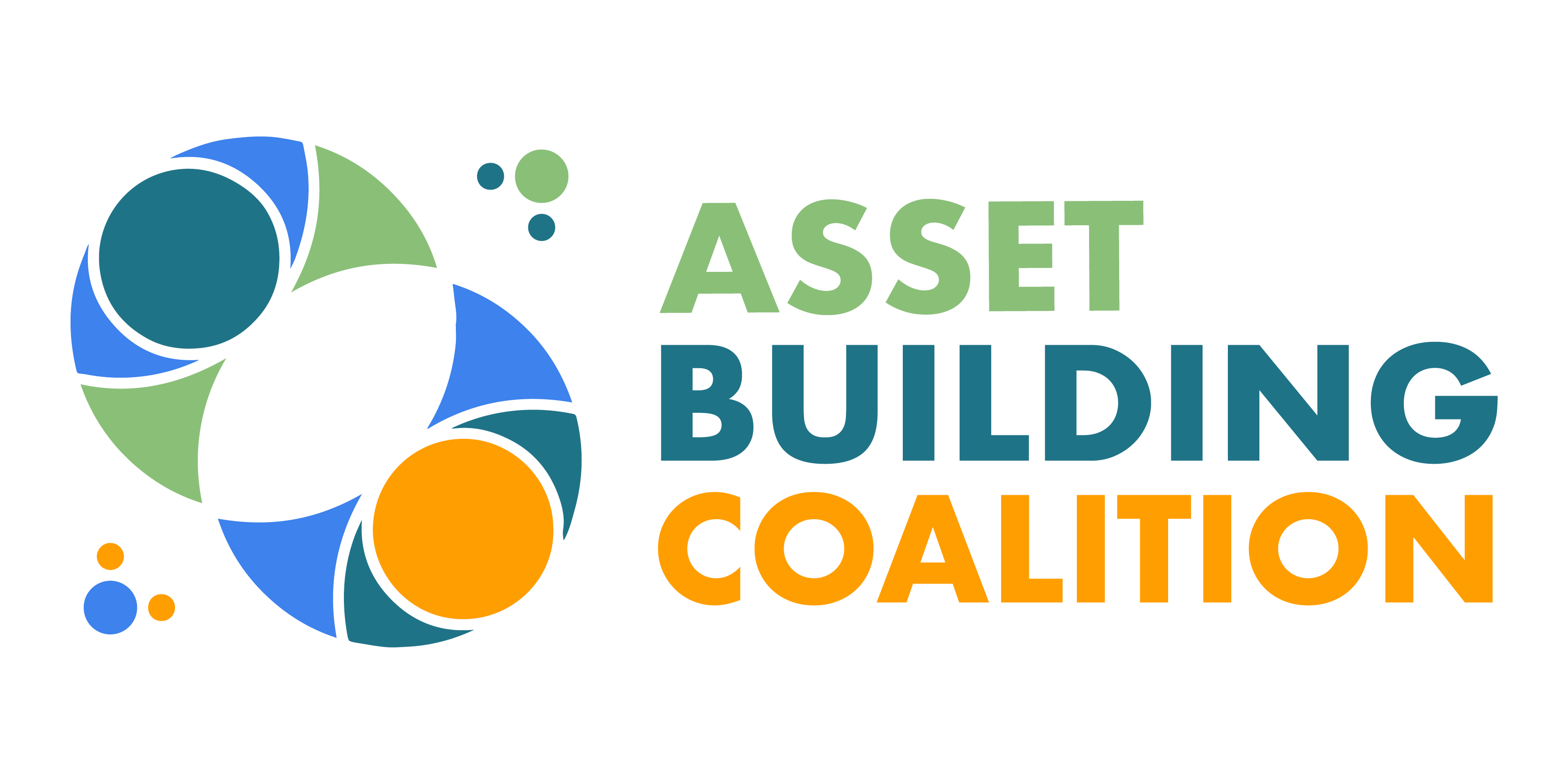
![shutterstock_1779757937 [Converted] Financial Stability Illustration](https://abcforsyth.org/wp-content/uploads/2021/06/shutterstock_1779757937-Converted.png)
